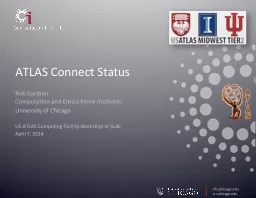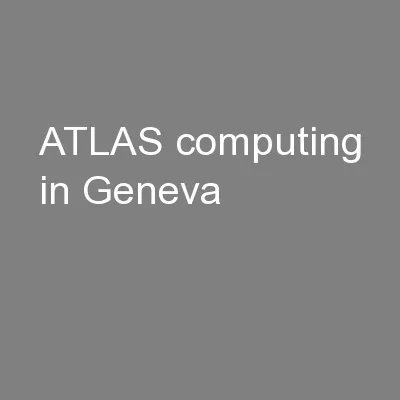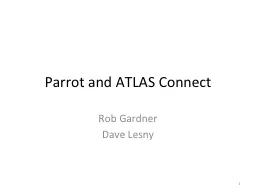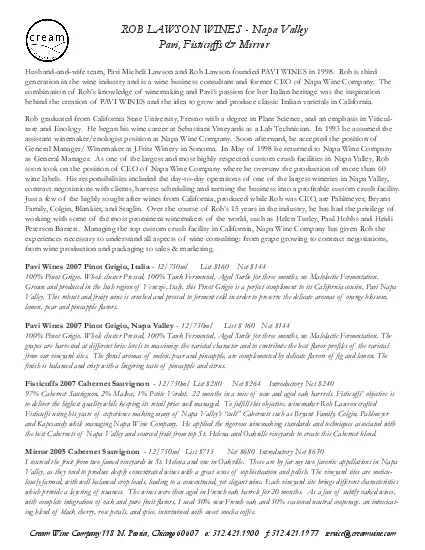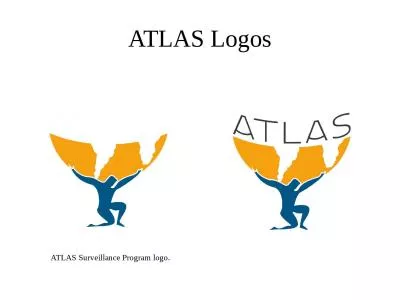PPT-ATLAS Connect Status Rob Gardner
Author : askindma | Published Date : 2020-08-06
Computation and Enrico Fermi Institutes University of Chicago US ATLAS Computing Facility Workshop at SLAC April 7 2014 Three Service Types ATLAS Connect User
Presentation Embed Code
Download Presentation
Download Presentation The PPT/PDF document "ATLAS Connect Status Rob Gardner" is the property of its rightful owner. Permission is granted to download and print the materials on this website for personal, non-commercial use only, and to display it on your personal computer provided you do not modify the materials and that you retain all copyright notices contained in the materials. By downloading content from our website, you accept the terms of this agreement.
ATLAS Connect Status Rob Gardner: Transcript
Download Rules Of Document
"ATLAS Connect Status Rob Gardner"The content belongs to its owner. You may download and print it for personal use, without modification, and keep all copyright notices. By downloading, you agree to these terms.
Related Documents

